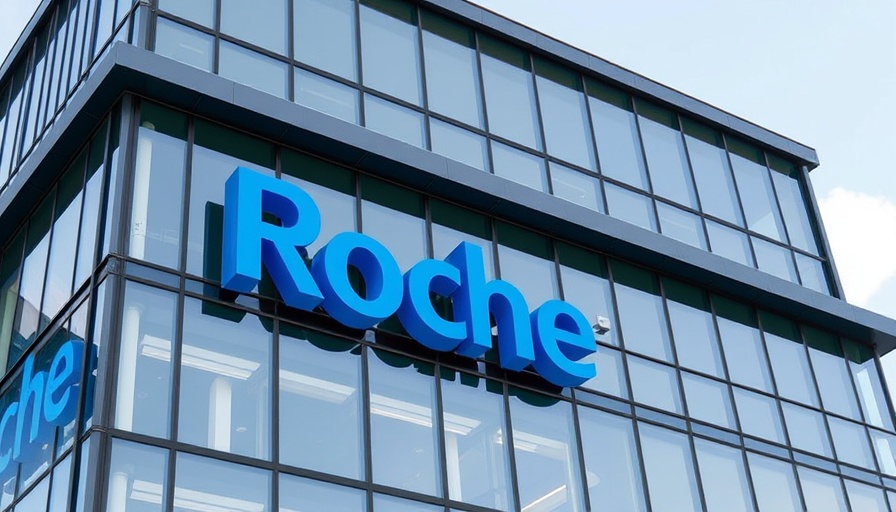
Roche Achieves Major Milestone: CE Mark for Contivue
Roche has recently received the CE mark in the European Union for its innovative treatment, Contivue, targeting neovascular age-related macular degeneration (nAMD). This significant development not only underscores Roche's commitment to advancing treatments for this leading cause of vision loss in older adults but also highlights the growing integration of technology into therapeutic solutions.
Understanding Neovascular Age-Related Macular Degeneration
nAMD affects millions of people worldwide, leading to serious vision impairment. The condition arises when abnormal blood vessels grow beneath the macula—responsible for central vision—resulting in irreversible damage if not treated promptly. Current treatment options, which often include anti-VEGF injections, can be invasive and cumbersome, leading researchers to explore newer methodologies to enhance patient comfort and outcomes.
What Makes Contivue Stand Out?
Contivue is designed to provide a new approach to treating nAMD, involving the use of advanced drug delivery systems designed to reduce the frequency of injections. According to Roche's press release, this new formulation could potentially lower the burden of regular treatments that many patients find daunting. It integrates innovative biopharmaceutical technologies that aim to achieve longer-lasting effects with fewer doses, driven by patient-centered research.
The Importance of CE Mark Certification
Achieving CE marking allows Roche to market Contivue throughout the European Union for the treatment of nAMD. This certification not only signifies that the product meets the necessary health and safety requirements but also reflects the rigorous evaluation of its clinical efficacy. The move is pivotal as it opens pathways for further research and possible future advancements within the ophthalmology field.
Potential Impact on Patients and Healthcare Providers
The advent of Contivue could mark a significant shift in how nAMD is managed. For patients, reduced treatment frequency means decreased hospital visits, which enhances the quality of life significantly. For healthcare providers, it alters the landscape of treatment regimens; they may soon have a more effective and less invasive tool at their disposal.
Broader Relevance in Biotechnology Innovation
Roche’s development of Contivue is emblematic of broader trends in biotechnology. The integration of cutting-edge research and technology in drug development continues to evolve rapidly. As seen in other sectors, the interplay of biopharmaceutical advancements and AI is likely to shape the future of personalized medicine, allowing for more tailored approaches to treatment.
Challenges Ahead: Not Just a Breakthrough
While the CE marking for Contivue represents a significant breakthrough, challenges remain. Regulatory approvals in other regions, like the US, are still pending. Additionally, patient education and acceptance of new treatment modalities can be hurdles that Roche will need to address. The effectiveness of the treatment in real-world settings will ultimately determine its success.
Looking Toward the Future
As pharmaceutical innovation accelerates, the significance of new drugs like Contivue will be closely monitored. Observers are keen to see how this new formulation could influence treatment protocols not just in Europe, but globally. The potential reduction in treatment frequency could serve as a model for future drug development.
In conclusion, Roche's achievement of a CE mark for Contivue in the realm of nAMD treatment represents a promising advancement in biopharmaceutical technology. It is crucial for stakeholders in the healthcare industry to stay abreast of these developments. With continuous innovations on the horizon, the future could hold even more groundbreaking solutions for managing age-related vision disorders.
 Add Row
Add Row  Add
Add 




Write A Comment